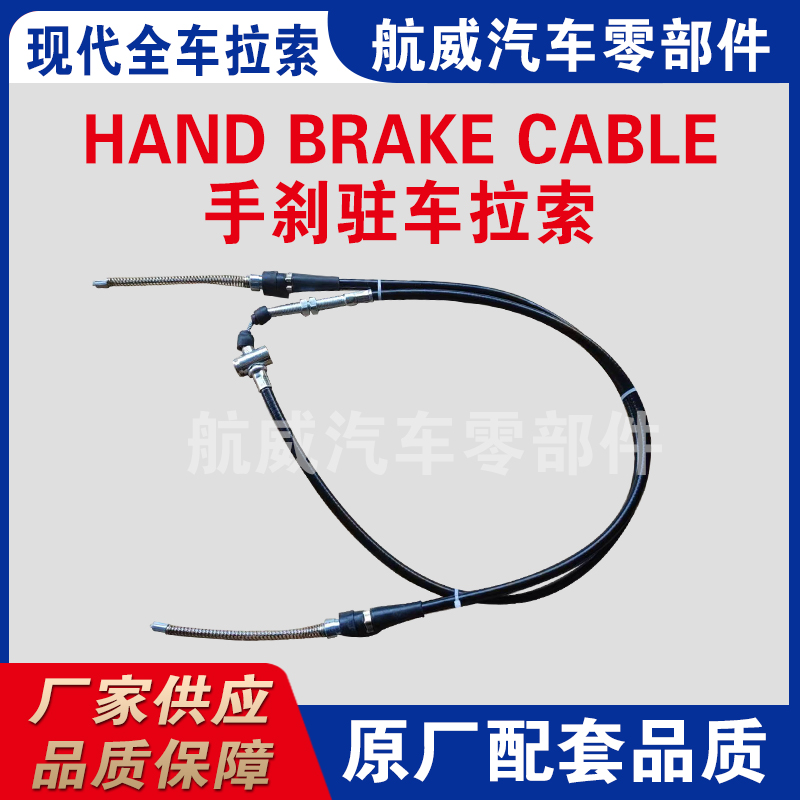push pull throttle cable
Understanding the Push-Pull Throttle Cable A Critical Component in Mechanical Systems
In the world of mechanical engineering, the push-pull throttle cable plays a crucial role in the operation of various machines and vehicles. This component, often overlooked by the average consumer, is integral in controlling engine speed and performance, making it an essential subject for those interested in mechanics and automotive systems.
What is a Push-Pull Throttle Cable?
The push-pull throttle cable is a type of control cable that allows for the manipulation of throttle valves in a straightforward yet effective manner. It consists of a flexible inner wire that is housed within an outer casing. When pulled in one direction, it opens the throttle valve, allowing more air and fuel into the engine, thereby increasing power. Conversely, when pushed, it closes the throttle valve, reducing engine power. This dual functionality is critical for smooth operation and control in various applications, from lawnmowers to motorcycles and even automobiles.
Structure and Design
The design of a push-pull throttle cable is relatively simple but highly effective. The inner wire is usually made of steel for strength and durability, while the outer casing is often made from a durable plastic or rubber material to protect against environmental factors such as moisture and dirt. The cable is typically fitted with connectors at both ends, allowing it to be attached to the throttle mechanism and the control lever or pedal.
The key to the push-pull system's functionality lies in its ability to handle tension and compression. Unlike simple push cables, the push-pull design allows for precise control, which is especially important in high-performance engines where minute adjustments can have significant impacts on speed and efficiency.
Importance in Various Applications
Push-pull throttle cables are found in a variety of applications. In the automotive industry, they are commonly used in cars, trucks, and motorcycles. The throttle cable connects the accelerator pedal to the throttle body, allowing the driver to control the engine's power output. This direct link between driver input and engine responsiveness is vital for achieving optimal performance and ensuring a safe driving experience.
push pull throttle cable

In addition to vehicles, push-pull throttle cables are also used in cycling applications, lawn equipment, and even industrial machinery. For instance, in garden tractors, these cables control the engine's throttle to adjust the cutting speed of a mower. Such versatility highlights the importance of this component across different fields and industries.
Advantages of Push-Pull Throttle Cables
One of the significant advantages of push-pull throttle cables is their simplicity in design and operation. They typically require minimal maintenance and often have a long service life if installed correctly and kept clean. Additionally, they provide a direct mechanical link between the throttle and control with little lag, offering a more responsive user experience compared to electronic throttle control systems.
Moreover, push-pull cables can be easily replaced in the event of wear or damage. This replaceability is a significant benefit for both consumers and manufacturers, as it reduces downtime and maintenance costs.
Challenges and Considerations
While push-pull throttle cables are advantageous, they are not without challenges. Over time, these cables can suffer from wear and tear due to continuous movement and exposure to environmental elements. Signs of wear may include fraying of the inner wire or sticky movement due to dirt and debris build-up in the outer casing.
Proper installation is crucial for the effectiveness and longevity of these cables. Incorrect routing or improper tension can lead to performance issues or even cable failure, which can have serious implications in automotive applications where driver input must translate accurately to vehicle response.
Conclusion
In conclusion, the push-pull throttle cable is a fundamental component in many mechanical systems, playing a pivotal role in engine control across various applications. Understanding its function, advantages, and challenges is essential for anyone involved in the design, maintenance, or operation of vehicles and machinery. As technology continues to evolve, it will be interesting to see how traditional components like the push-pull throttle cable adapt and coexist with increasingly sophisticated electronic systems. Overall, acknowledging the importance of such seemingly simple components can lead to better mechanical design and enhanced performance across the board.
-
Upgrade Your Control with Premium Throttle CablesNewsAug.08,2025
-
Stay in Control with Premium Hand Brake CablesNewsAug.08,2025
-
Experience Unmatched Performance with Our Clutch HosesNewsAug.08,2025
-
Ensure Safety and Reliability with Premium Handbrake CablesNewsAug.08,2025
-
Enhance Your Vehicle with High-Performance Clutch LinesNewsAug.08,2025
-
Elevate Your Ride with Premium Gear CablesNewsAug.08,2025
